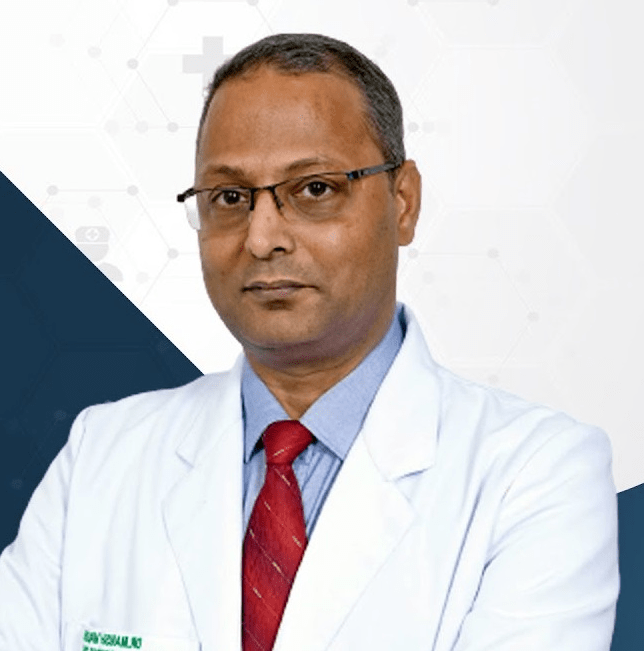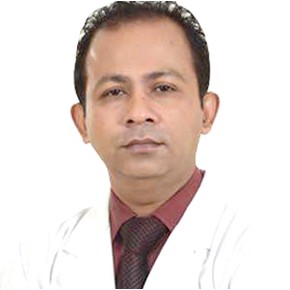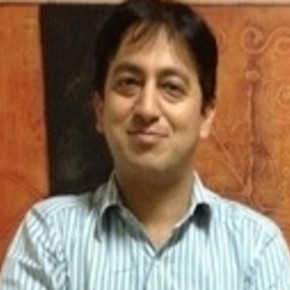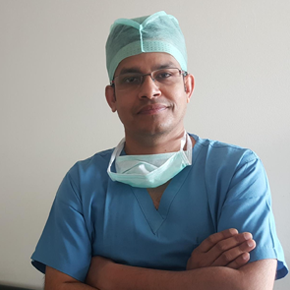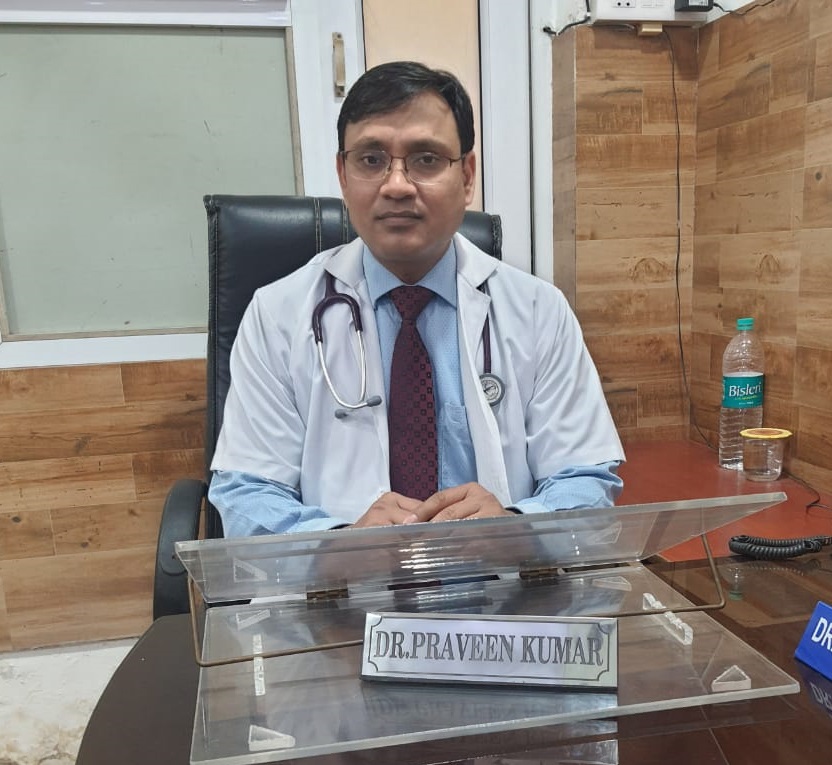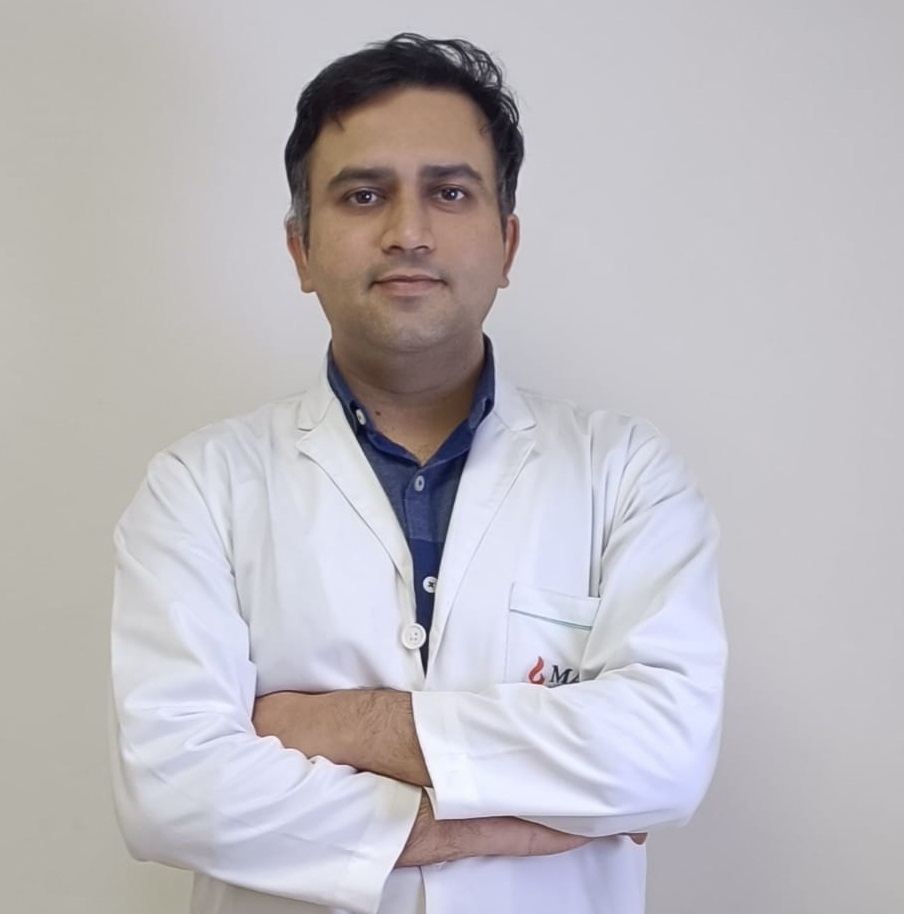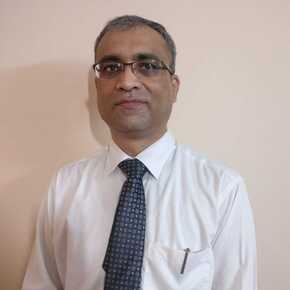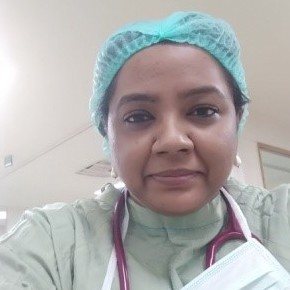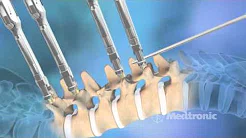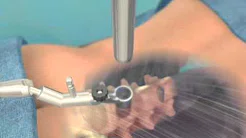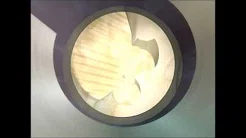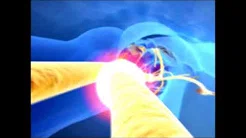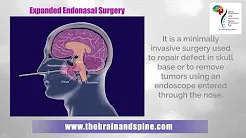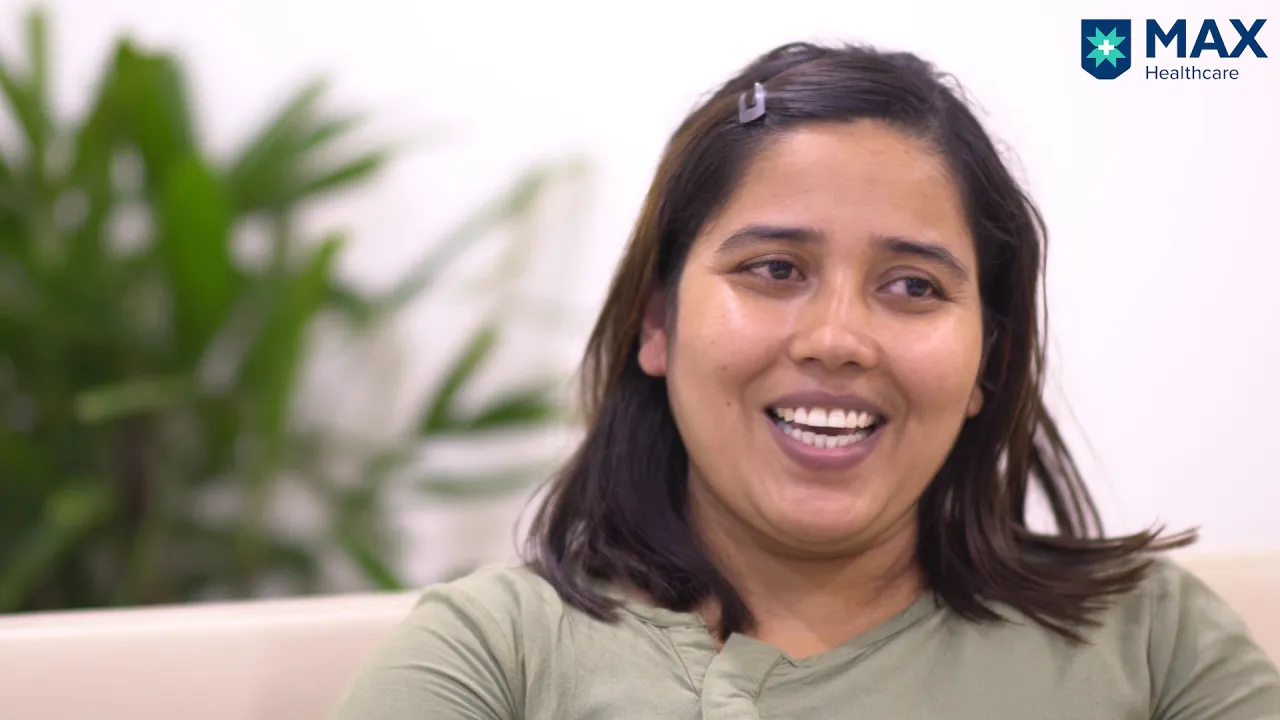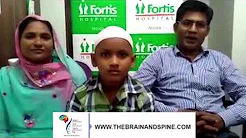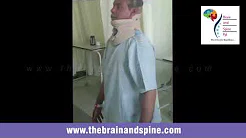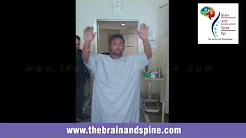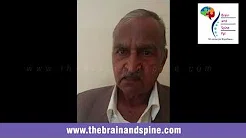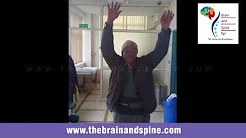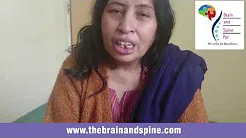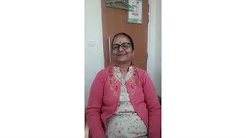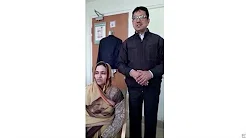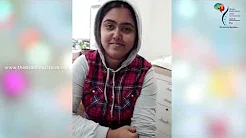Surgery for Congenital Malformation of Spine
Almost all types of congenital malformations need surgical treatment if they are in the symptomatic stage. Asymptomatic malformations should not be operated.
Surgical treatment of Chiari malformations and syringomyelia
Treatment of Chiari malformations and syringomyelia depends upon the type of malformation and its progression in the form of anatomy changes or symptoms. Asymptomatic Chiari malformations should not be operated. If the malformation is symptomatic or is causing a syrinx, treatment is usually recommended by an urgent multidisciplinary approach.
Goals of Surgery for Chiari malformations and syringomyelia
- Correct the physical defects or malformations present in the spine
- Relieve the symptoms
- Stop the progression of the syrinx or symptoms
- Maximizing the functionality of the individual
Surgical treatment of Chiari malformations include
- Only local decompression of the overlying bones
- Decompression of the bones and release of the dura
- Decompression of the bone and dura
- Duraplasty
The objective of surgery Chiari malformation is:
- Optimal decompression of nerve tissue
- Reconstruction of normal CSF flow around and behind the cerebellum
Decompression is performed under general anesthesia. It consists of removing the back of the foramen magnum and often the back of the first vertebrae to the point where the cerebellar tonsils end. This provides more space for the brainstem, spinal cord, and descended cerebellar components. A tissue graft is often spliced into this opening to provide even more room for the unimpeded passage of CSF. Care is taken to avoid a breach of the arachnoid membrane. Occasionally, the cavity within the spinal cord resulting from hydromyelia can be drained with a diverting shunt tube. This tube can divert the fluid from inside the spinal cord to outside the cord, or be directed to either the chest or abdominal cavity. These procedures can be done together or separately.
Outcome
The benefits of surgery should always be weighed carefully against its risks. Although some patients experience a reduction in their symptoms, there is no guarantee that surgery will help every individual. Nerve damage that has already occurred usually cannot be reversed. Some patients may need repeated surgeries, while others may not achieve symptom relief.
Surgical management of Encephalocele:
Surgery is the most commonly recommended treatment for encephaloceles. It is usually done within a few months of birth. A craniotomy is performed to remove a piece of bone from the skull, followed by the removal of dura mater. Meanwhile, any membrane, or brain tissue, or fluid that is out of the skull is replaced. The sac surrounding the skull is also removed. Then the dura mater is closed. If possible, the skull is closed up using the removed piece of bone. Any large hole in the skull may be treated using an artificial plate.
Surgical management of Arachnoid Cysts
Asymptomatic arachnoid cysts do not require treatment. But in the case of symptomatic cysts treatment is necessary. Various methods used to treat arachnoid cysts are:
- Burr Hole Drainage: It is a fast and simple method of cyst treatment. In this procedure, a hole is created in the arachnoid membrane to drain the fluid out. Even though it is a rapid process but chances of recurrence of symptoms are high.
- Open the cyst (fenestration): In this method, a small incision is created near the arachnoid cyst. Then a flexible tube called an endoscope is inserted through the hole. A small camera and light are placed in the endoscope for proper viewing of the cyst. The endoscope is sometimes also used to create holes in the cyst for opening it. This treatment gives direct inspection of a cyst.
- Shunting of cyst: A small cut near the arachnoid is made. A small catheter is placed inside the cyst to allow the draining of cerebrospinal fluid across the body. Once the fluid reaches the abdomen, the reabsorption of fluid occurs. It has the advantage of being the simplest method. The risk of shunt-dependency is the main disadvantage.
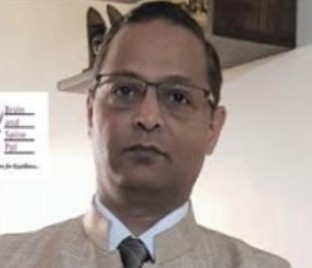

 Request an Appointment
Request an Appointment Request Online Consultation
Request Online Consultation Enquiry form
Enquiry form
